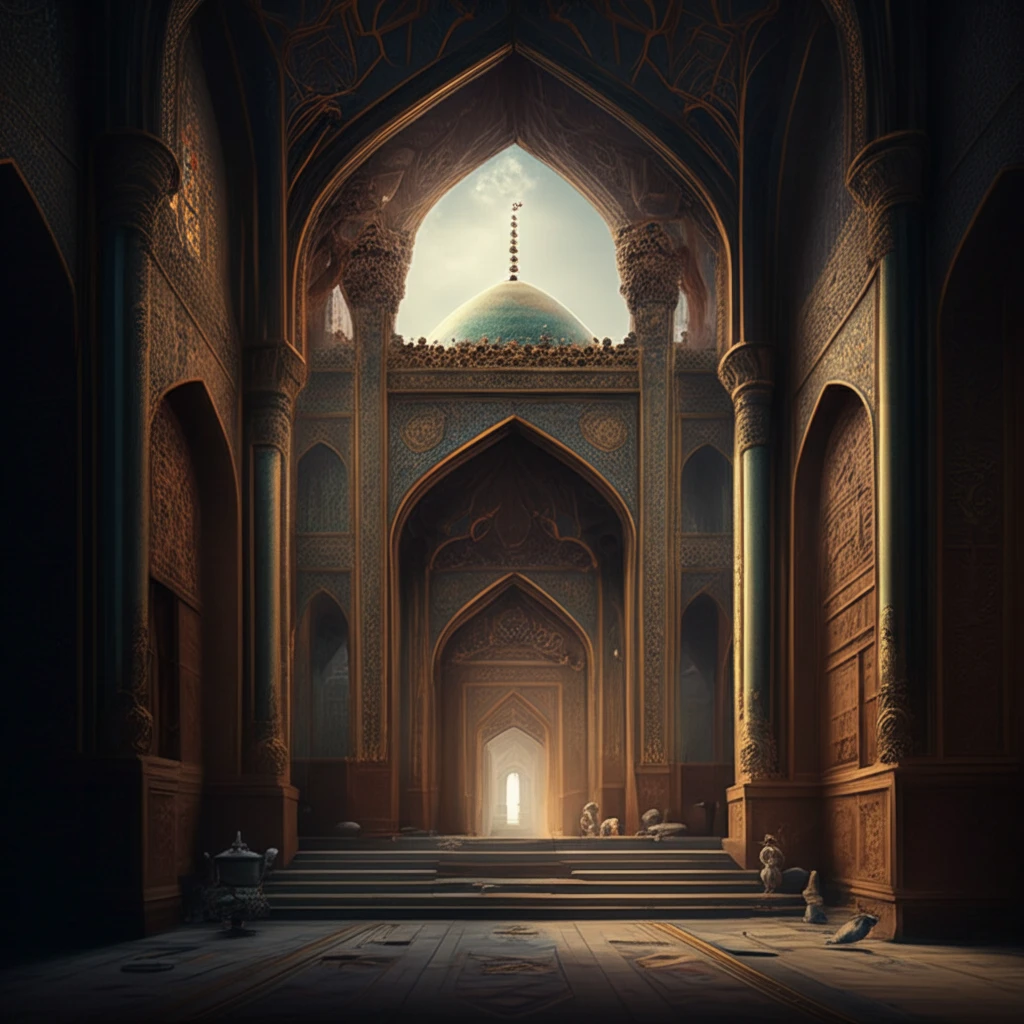
Unlocking Isfahan's Secrets: Is This Mosque a Palace in Disguise?
"Delve into the hidden history of the Hadji Mosque in Kafran, Iran, and uncover a fascinating architectural mystery."
The Iranian landscape is dotted with architectural gems, each whispering tales of bygone eras. Among these, villages like Kafran, nestled in the Rouydasht region near Isfahan, hold significant historical depth. Their existing documents are treasure troves. This prompts a detailed investigation into structures like the Hadji Mosque.
Conventional wisdom identifies the Hadji Mosque as a product of the Safavid period. However, beneath the surface of this assumption lies a captivating puzzle. This study embarks on an architectural detective mission, scrutinizing the mosque's features, design, and historical context to question its long-held religious purpose.
By combining meticulous field observations with rigorous library research, this investigation seeks to redefine our understanding of the Hadji Mosque. It proposes a daring hypothesis: that the mosque's original nucleus served a completely different function, far removed from religious practice. This exploration promises to reveal a hidden layer of Isfahan's architectural heritage.
Is the Southern Nave a Later Addition?

One of the most compelling clues in unraveling the Hadji Mosque's mystery lies in the southern nave, the prayer hall in Persian called "Shabestan". The study suggests this expansive space isn't part of the original design but was added later. Architectural inconsistencies and design disparities between the northern and southern sections strengthen this argument.
- Absence in Initial Design: The southern nave's design doesn't align with the mosque's original architectural blueprint, indicating a later addition.
- Lack of Harmony: Discrepancies in form, scale, and shape proportions compared to the northern nave.
- Functional Mismatches: The first-story spaces are ill-suited for typical mosque functions.
- Historical Precedent: A lack of historical examples for this design in Iranian mosque architecture.
The Original Purpose Revealed: A Safavid Pavilion?
If not a mosque from its inception, what was the Hadji Mosque's original purpose? The study proposes a fascinating alternative: a Safavid pavilion. The original nucleus shares striking similarities with other Safavid pavilions, such as the Hasht-Behesht. These similarities include the platform construction and open arches creating "spatial clearness."
